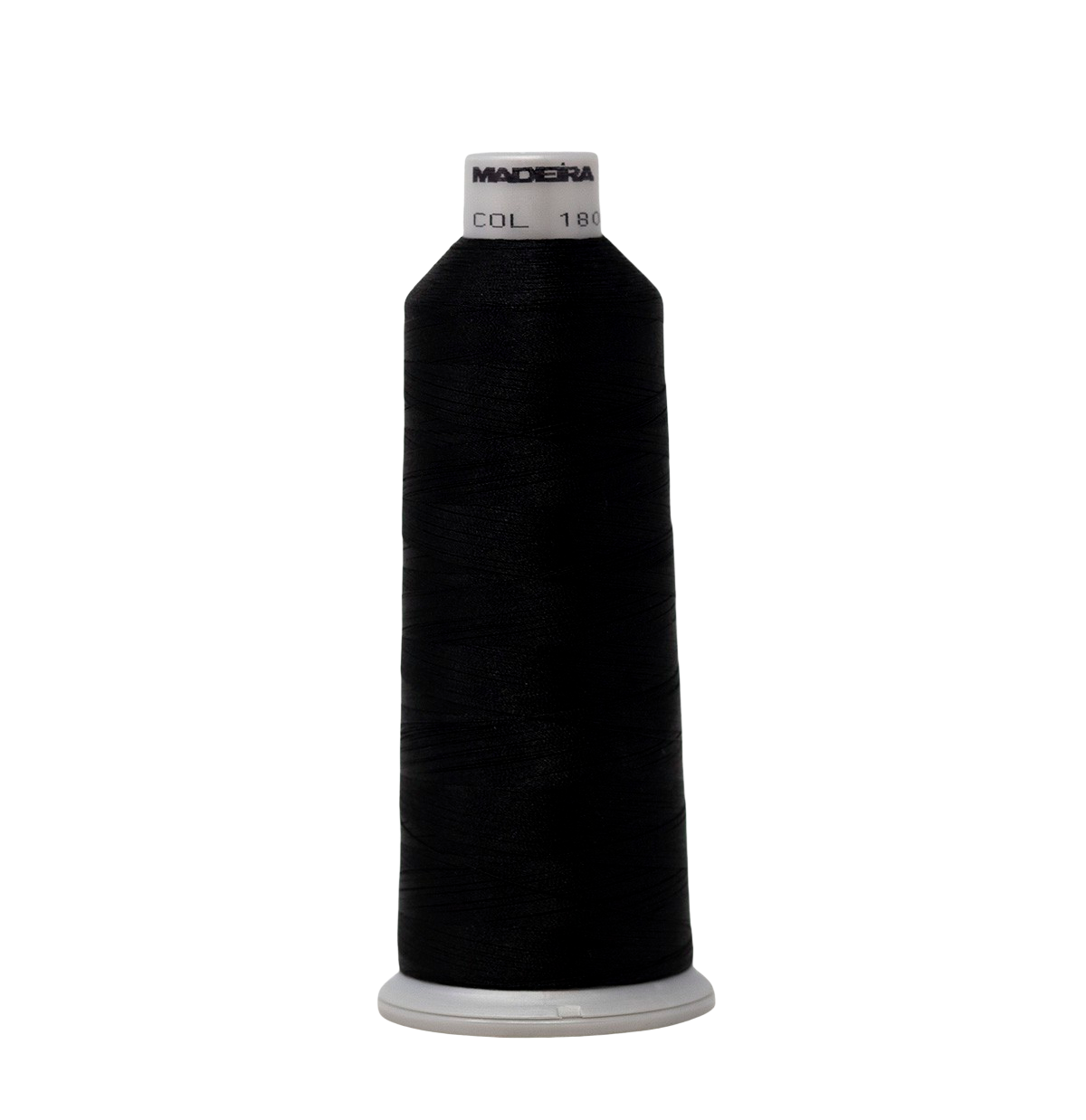What the heck is a cone winder you might ask?
Osman Bayrak

What the heck is a cone winder you might ask? It's a machine that allows you to transfer from one cone to another, quickly and efficiently. Let's say that you have three single head machines and one 5500 yard cone of Hot Pink, but need to use all three machines to help fill an order. You could order two additional cones of Hot Pink. Or, if you had a Thread Cone Winder, you could simply wind about 1500 yards onto one empty cone, then another 1500 yards onto a second empty cone, leaving 2500 yards on the original cone. Now you have three cones of Hot Pink to use for the job. Thread Cone Winders are simple to use. You place the original cone on top and run the thread up through an upper guide, down through a tensioner, through movable guide and on to an empty cone mounted on a spindle You set a timer based on how many yards you want to transfer and hit start. During operation, the movable guide transverses up and down the empty cone to ensure that the thread is distributed evenly from top to bottom. The machine stops automatically when the timer runs out. As an added bonus, most models allow you to work with two separate thread exchanges at the same time.
When we added our first six-head machine, we had a standard inventory of 150 colors of thread. I realized that I would have to buy 900 additional cones of thread in order to ensure I had enough of each color for the new machine. Instead we bought the Thread Cone Winder and 2 cones of each color and worked from there. In reality, it's not very useful for a single-head shop, but if you have more than one head (or machine) it can pay for itself very quickly. design.
Bobbin Sometimes you will encounter a bobbin that was wound unevenly, such that as it feeds out, it does so in a jerky manner which can lead to the occasional missed stitch. Also, if using bobbins with cardboard sides, check that the sides aren't deformed. If they are catching on the case during sewing, the same uneven feed will occur. Incorrect Timing The bobbin hook is not catching the upper thread consistently. Reset timing. Restraining Finger In The Wrong Position
The restraining finger under the needle plate holds the bobbin case in place. If this is not in the correct position, stitches may not form properly. Adjust according to your machine manual. Gap Between The Needle And The Hook Point Is Too Wide Adjust the relationship between the needle and the rotary hook. If the problem was only occurring on one needle, then disregard the items above and refer to these: Incorrect Needle Position. Re-insert the needle. Be sure the needle is pushed all the way into the needle bar shaft. Needle Depth Is Set Incorrectly Adjust the relationship between the needle and the rotary hook










